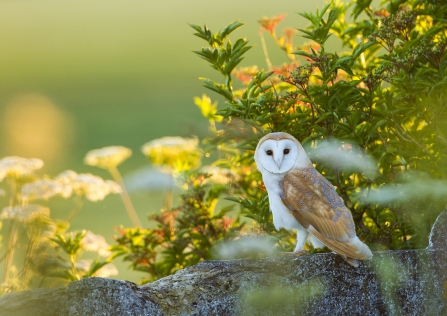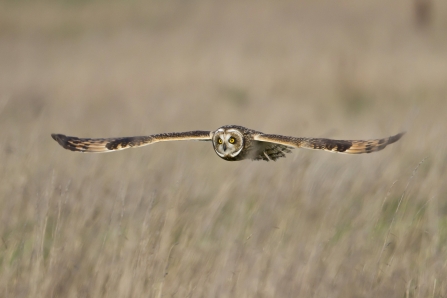Owls are becoming increasingly vocal as winter sets in. They are serenading potential mates and warning off intruders, and for many species, the noisier they are the better they perform. So, should you set out into the gloaming, you may hear some rather unusual noises.
Here are some species to listen out for…



